Elves
The twilight children of the Fey
Feywild can be a cruel plane even at the best of times. Having been caught in the crossfire of warring courts, a sect of Fey known as the Kelleni sought exodus into the parallel world that happened to be Asphodel. Stepping through the portals, the new race soon found themselves in a world no longer bathed in perpetual twilight, but instead cycled by day and night. They kept to the shadows of the night for a long time and became known as the Elves, leaving their old name behind.
Across all their ethnicities, elves are a people of nature, sophistication and perpetual ambition towards excellence and perfection. Their long lifespans allow them to view the world from a unique perspective, and it’s not uncommon to encounter elves that have even lived through two Cataclysm Cycles. Their drives can see vastly different enclaves of elves established or embedded across the world. They view the world’s issues from a vantage point of their own lofty ideals that’s only surpassed by the Dragons themselves. That viewpoint can often paint them as abrasive, if not even xenophobic, towards other races. The truth is most often that they don’t even care enough, instead focusing on their own pursuits.
Once befriended, an elf is a stoic but trusty friend, one who can be counted on to give a lengthy critique and pointers towards betterment, no matter if asked for or not. However, winning a begrudging acceptance from an elf is a small victory in its own right. They excel in all things artistic – and are even able to turn those that inherently aren’t into art forms themselves. So their swordplay becomes a dance, their calligraphy a painting, and their magic a show. They make for some of the world’s greatest archers, duelists, jewellers, artists, poets and mages. Even their smiths and masons tend to be artists of their craft.
After centuries on Apshodel, elves have splintered into several groups, consisting of Kwenni (high), Kaiti (wood), Moribauk (ocean), and Drow (dark) elves. Kwenni see themselves as caretakers of the elven race and have only grown more sophisticated and haughty in their demeanour. Nonetheless, they produce some of the greatest mages Asphodel has ever seen. Kaiti on the other hand have stayed in the woods, preferring the canopies of the trees and living among them to exposure to the outside world. That makes them more isolationist and removed, yet there are likely no better woodsmen and archers than them. Moribauk are the elves who had taken to living along the coasts and islands of the world – or even under the waves for the more extreme among them. Generations of such life had accustomed them to the spray, making them seem alien to even their other kin. Finally, the Drow had moved underground, preferring subterranean darkness to getting used to the diurnal lifestyle. Centuries under the world’s crust had morphed them into pale and sinister people, far further removed from their ancestry than even Moribauks.
Basic Information
Anatomy
Elves tend to be lithe and slender, with long limbs and digits. Their bodies are generally hairless, though both sexes are capable of growing lustrous silky hair, which they often groom into long manes. Males are also able to grow facial hair, though it tends to be on the thinner side. Skin and hair colours vary between different species of elves.
They have wiry builds, though their musculature gravitates toward corded physique, rather than bulky. Their fey ancestry and active metabolisms allow them to retain their slight builds even after centuries of life.
Genetics and Reproduction
Even with their extremely long lives, elves take to producing offspring as a premeditated project. Always the artists, they make sure that every choice they make is deliberate and planned. Spur-of-the-moment trysts are common, like with many other species, but elven biology is such that pregnancies are difficult to take hold, even with the use of magic. As such, children are a treasured commodity for elven societies and families. When they do, however, an elf female remains pregnant for about 12 months.
Growth Rate & Stages
Elves remain babies for nearly 5 years, and their children grow into adolescents within 20-25 years of their lives. From then on, they mature until around their 50th birthday but are not considered fully adult until they are one century old. That is a momentous occasion in an elf's life, marking their freedom to break off from seclusion and truly experience the world.
Additional Information
Facial characteristics
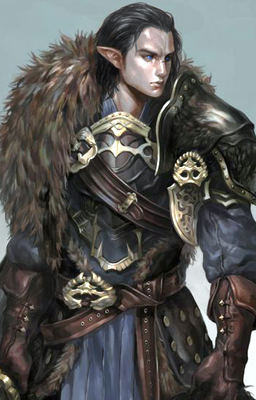
by Baldur's Gate
Elven faces are recognizable for their generally sharp features, those being more prominent in males than in females. They are famous for their tapered, pointed ears. Angles and lengths vary from person to person and are genetic. Their eyes are almond-shaped and slightly slanted. They often have high cheekbones and somewhat concave cheeks, with pointed chins and sharp jawlines. They have high foreheads and rarely fall prey to wrinkling. Male hairlines often gravitate towards widow's peaks, though there are numerous exceptions.
Perception and Sensory Capabilities
Elves are famous for extremely keen senses of sight, hearing and smell, especially those of the Kaiti linage. Their heritage of living in twilight had granted them the ability to see in darkness or dim light.
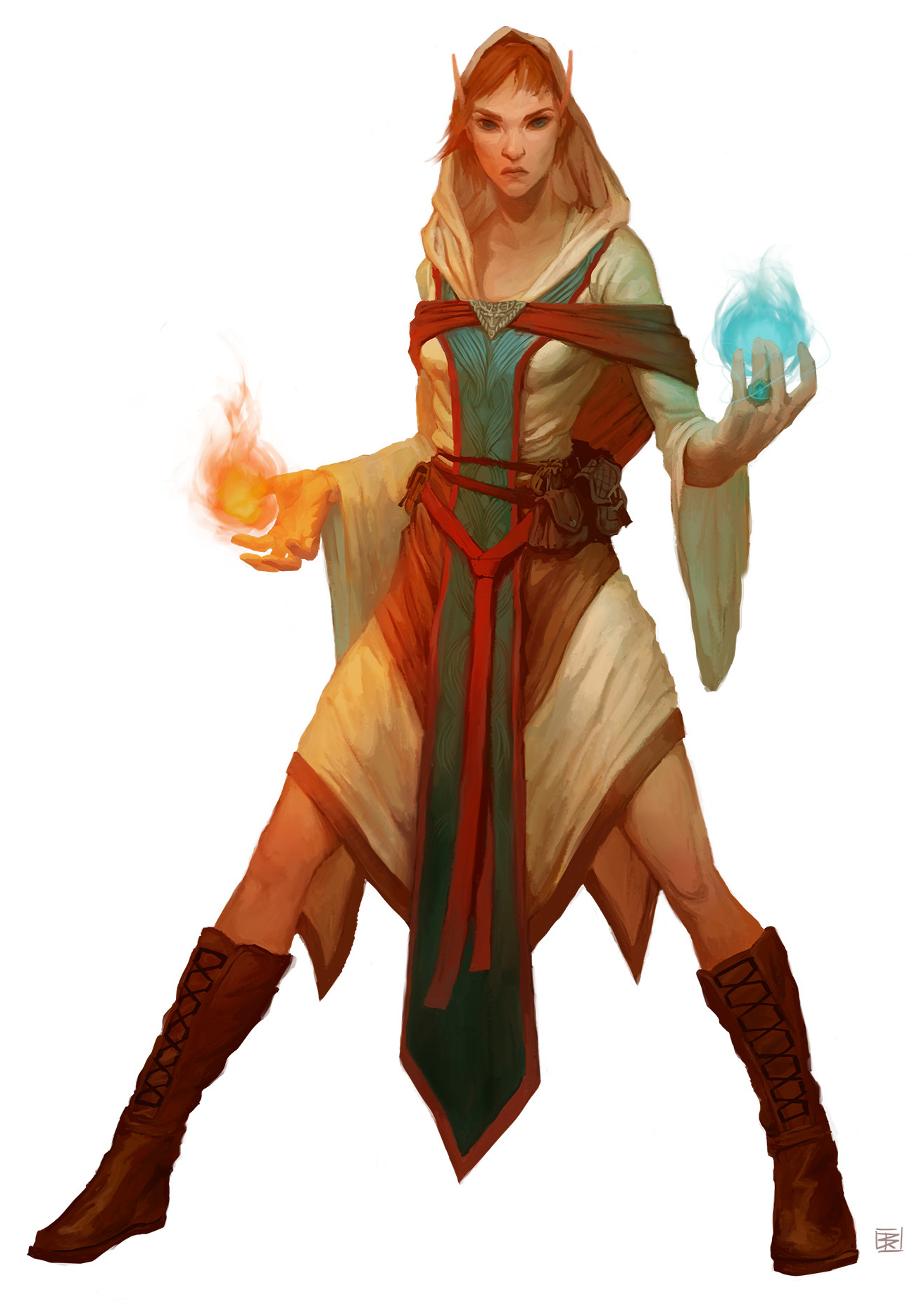
by Denman Rooke
Genetic Descendants
Origin/Ancestry
Fey
Lifespan
Elves live to be at least 750 years old, though it's not unheard of for some exceptions to live over a millenium.
Average Height
Elves tend to be between 155-200 cm (5'1"-6'5" ft) tall, with no different tendencies between males and females.
Average Weight
Lithe and slim, elves often weigh between 50-80 kg (110-175 pounds). Females tend to be on the lighter side than males.
Remove these ads. Join the Worldbuilders Guild

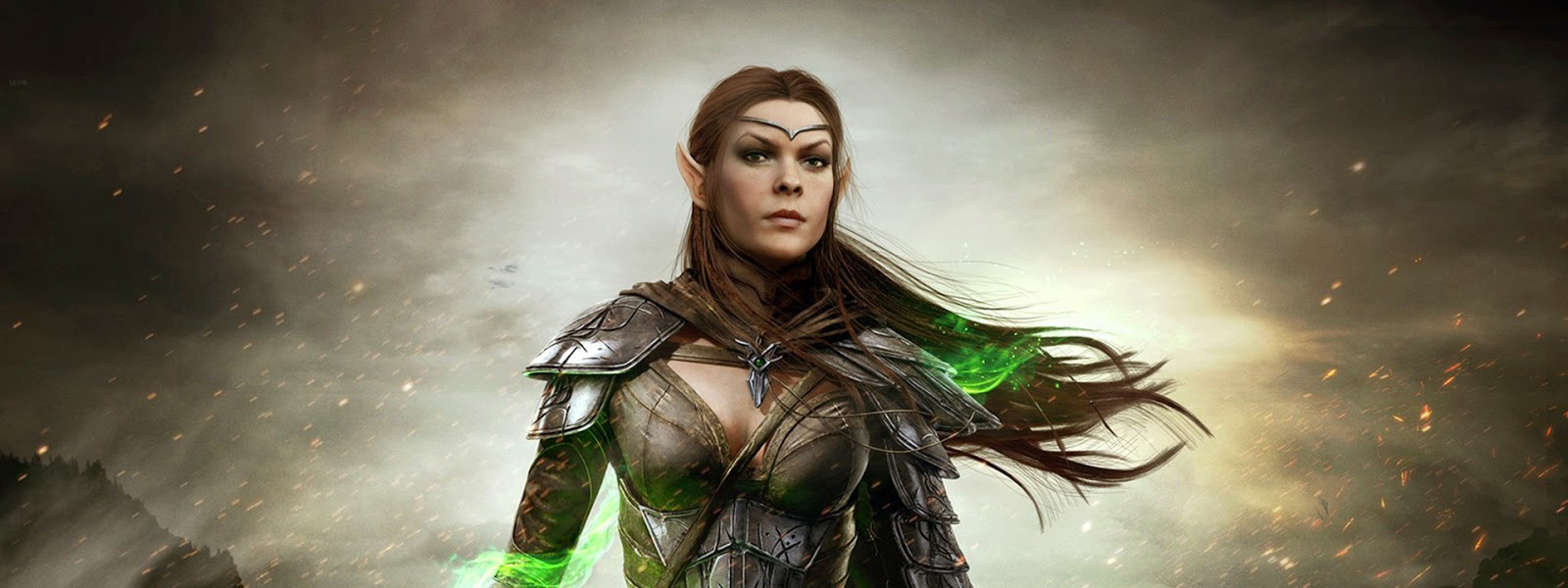
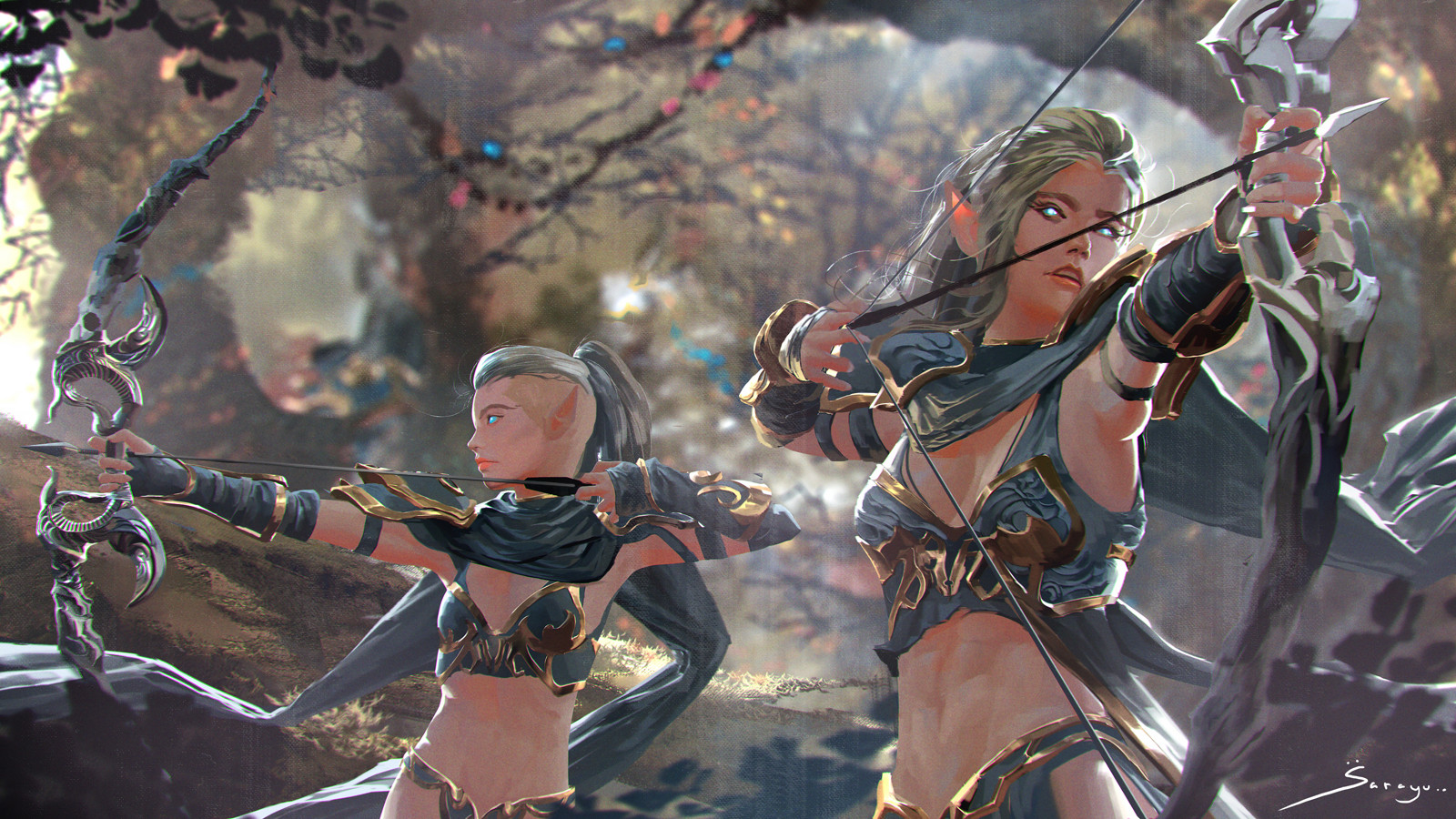


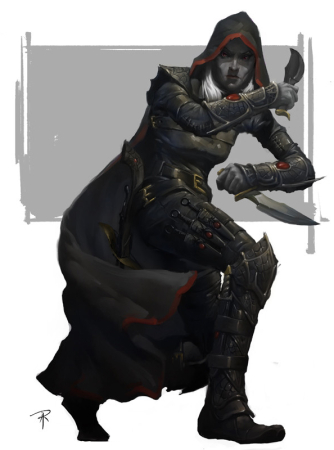
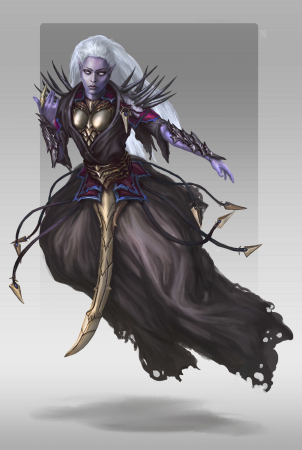
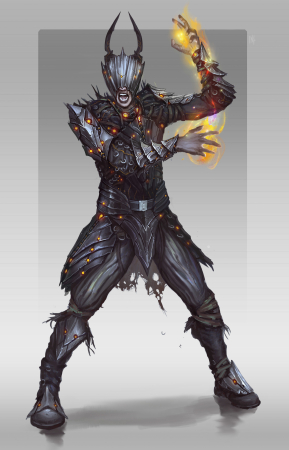
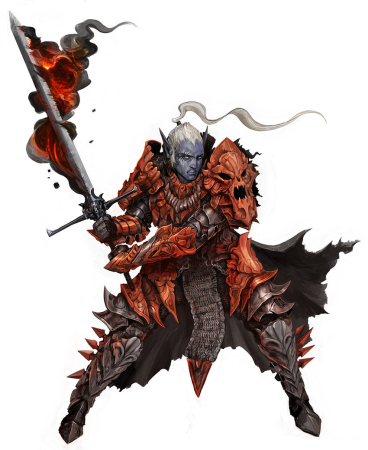
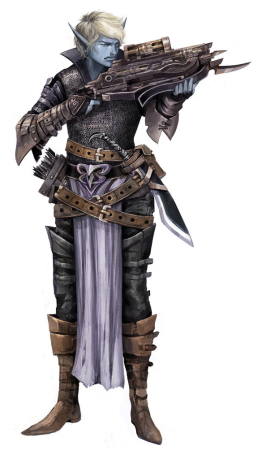
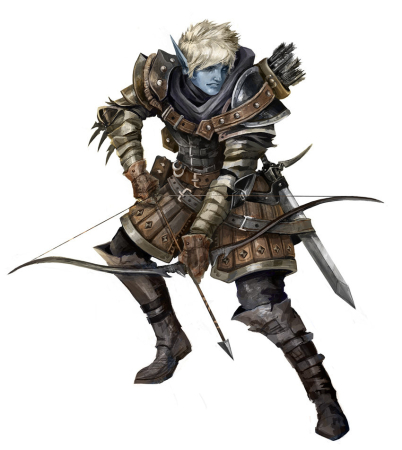
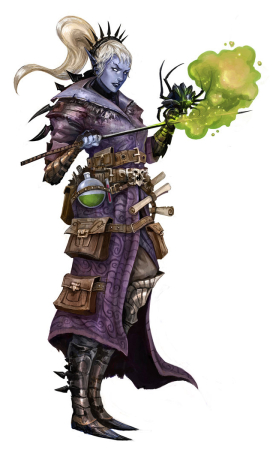
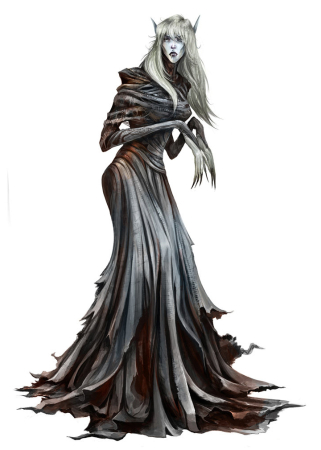
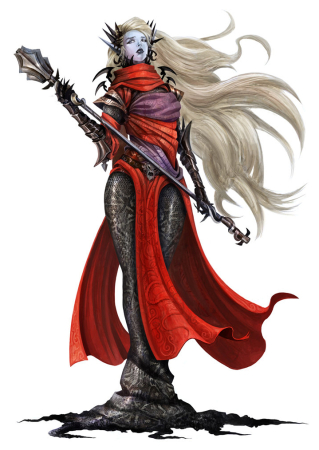
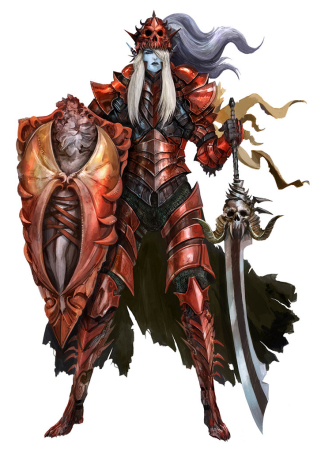
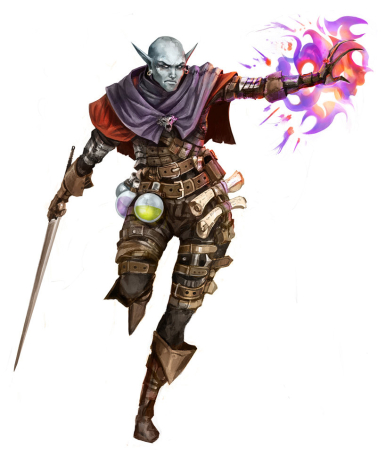
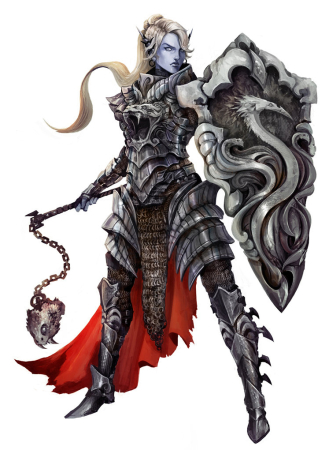
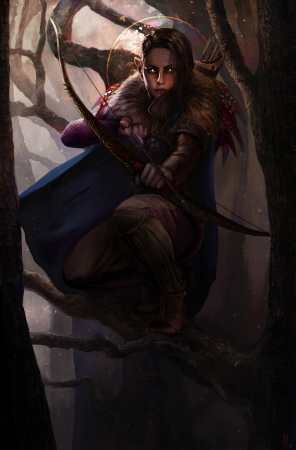
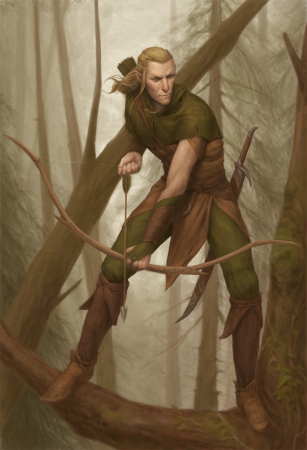
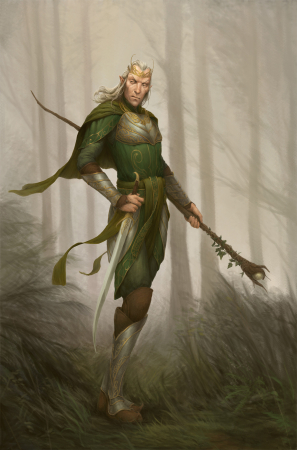
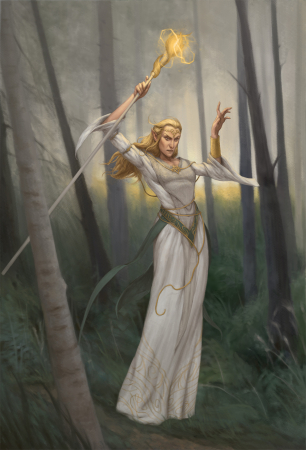
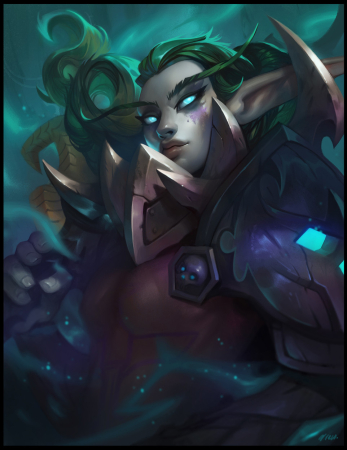
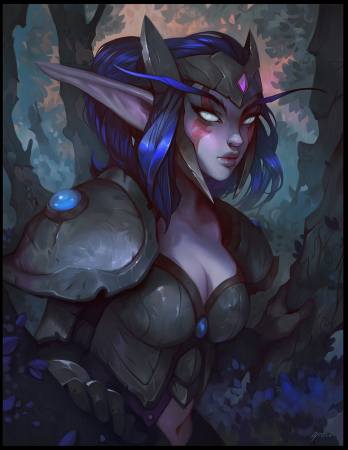
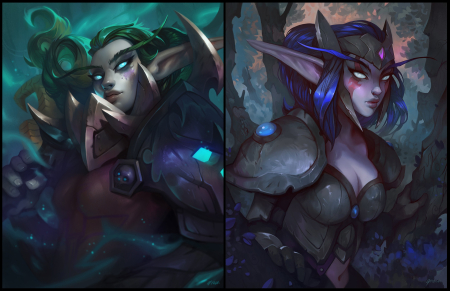
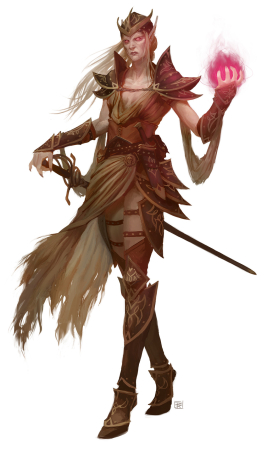
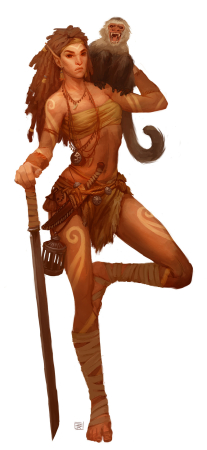
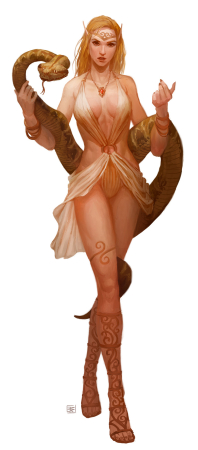
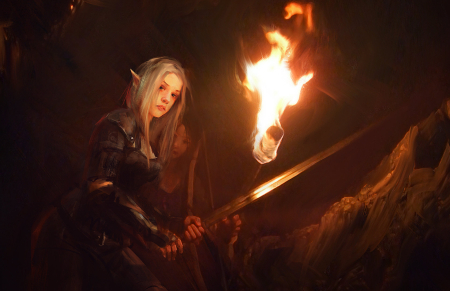
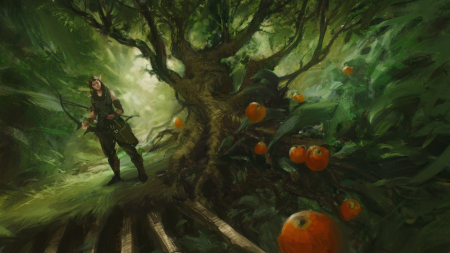


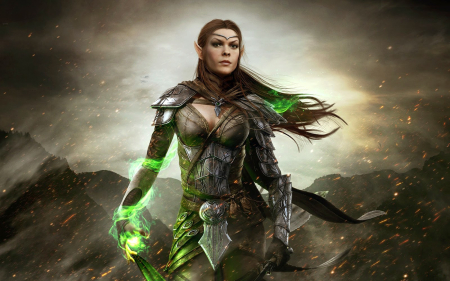
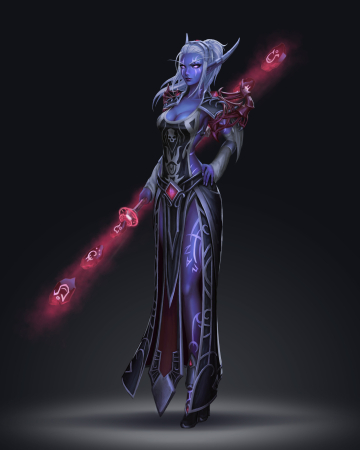
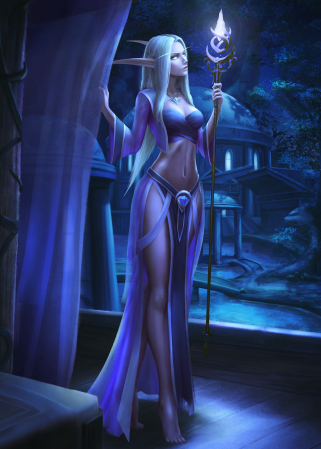
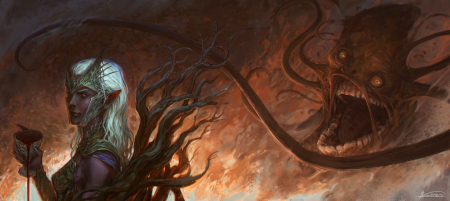
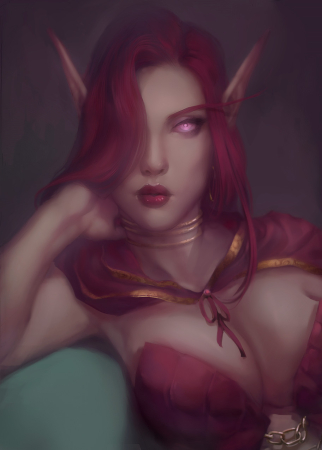
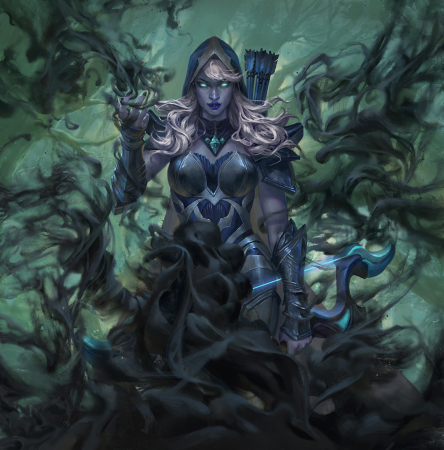
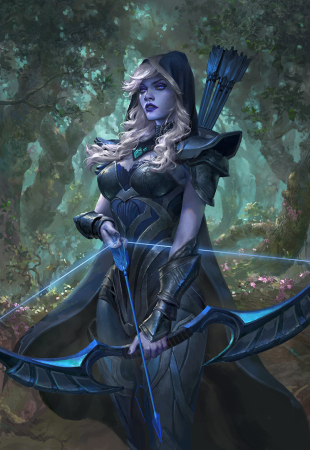
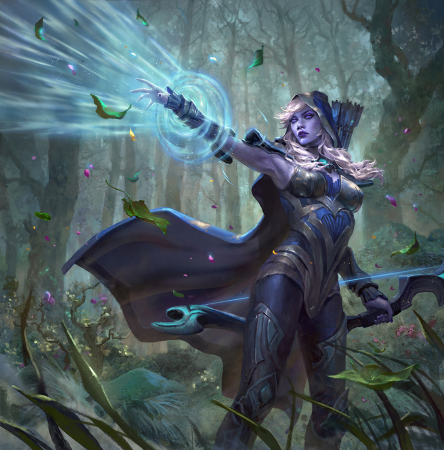
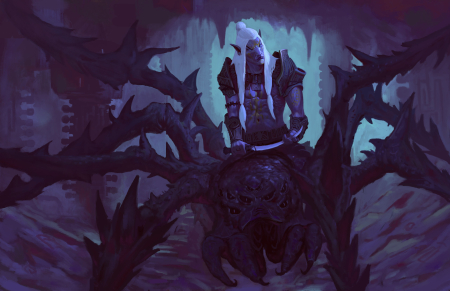
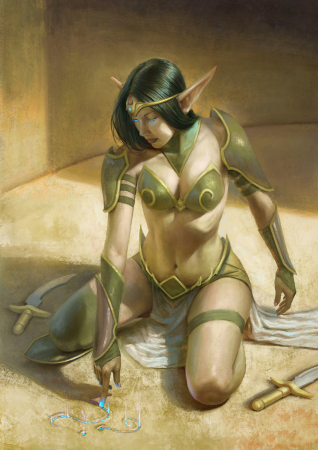
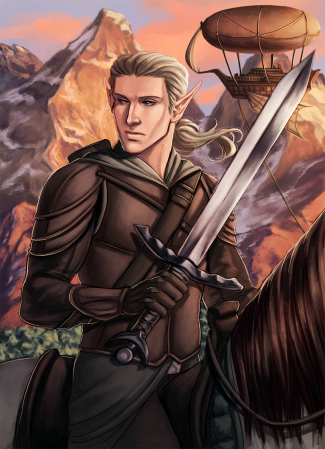
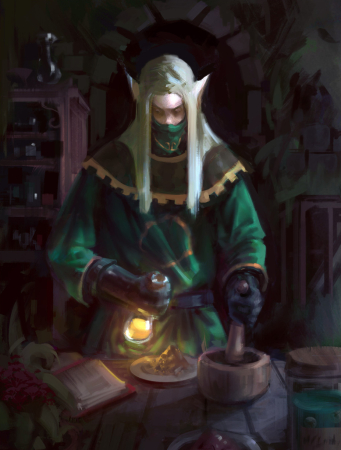

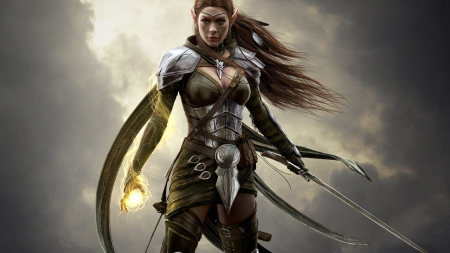
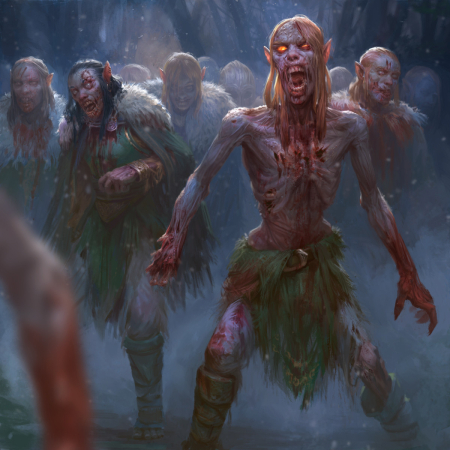






Comments